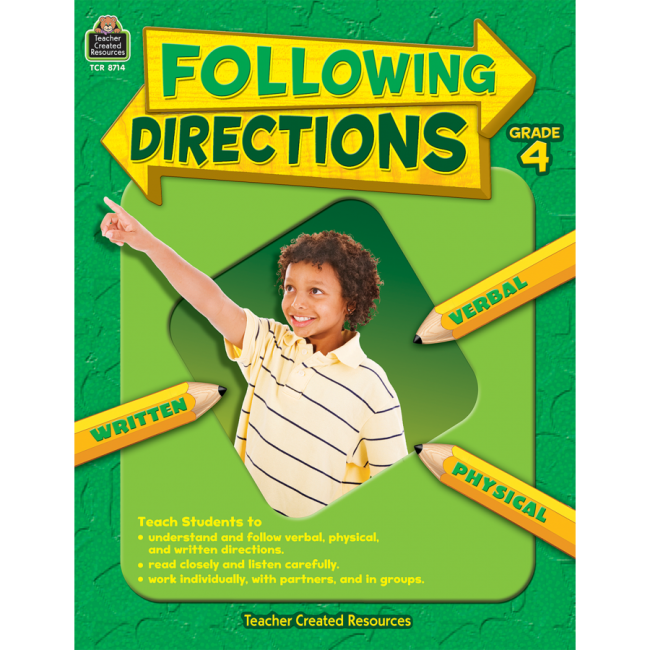 It may be challenging getting students to follow directions and listen, especially coming back from winter break. Try this fun listening skills activity in your classroom to catch their attention.
It may be challenging getting students to follow directions and listen, especially coming back from winter break. Try this fun listening skills activity in your classroom to catch their attention.
Directions: Explain to the class that you are going to do an activity to practice listening skills and following directions. Students need to be sitting where they can easily hear the teacher. Students might also need to move, so remind them to clear off their books from their desks before beginning the activity.
Read each statement below slowly and clearly. Tell the students you will not repeat directions for this activity. Students should listen to what is being read, think about what should be done, and then react to what has been read. Remind students they should continue with each direction until they are told to stop and move on to the next direction. Be sure to check the answer key for each correct response.
- If your first name starts with the letter that comes after the letter “B” in the alphabet, then stand up. If it does not, put your head down on your desk. (Everyone can now raise his or her head off the desk or sit down.)
- If you own a pet dog or cat, raise your right hand. (Everyone can now put his or her hand down.)
- If you know what 3 x 3 equals, hold up enough fingers to show the answer to the problem. (Everyone can now put his or her hands down.)
- If you think this statement is true, stand up: Photosynthesis is the process through which plants use sunlight to make water. (Anyone standing can now sit down.)
- One explorer is given credit for discovering the Americas. His first and last name start with the same letter. Show the shape of the letter by using the fingers on your left hand. (Everyone can stop making the shape.)
- Stand up if the following sentence needs a comma: Her birthday was July 5 1978. (Anyone standing can now sit down.)
- If the current month we are in has 31 days in it, then stomp your feet twice. If it doesn’t, then snap your fingers twice.
Something Extra: On a separate sheet of paper, create more “listen, think, and react” statements about topics you are currently studying in class.
For more Listening Skill Activity Pages, download sample pages from Following Directions.
Susan Mackey Collins is a veteran teacher who has taught at both the elementary and middle school level. She currently teaches 6, 7, and 8th grade Advanced Language Arts outside of Nashville, Tennessee. She has authored many books for Teacher Created Resources including Cursive Writing Activities, the Discovering Genres Series, and many of the titles from our popular Mastering Skills Series.
